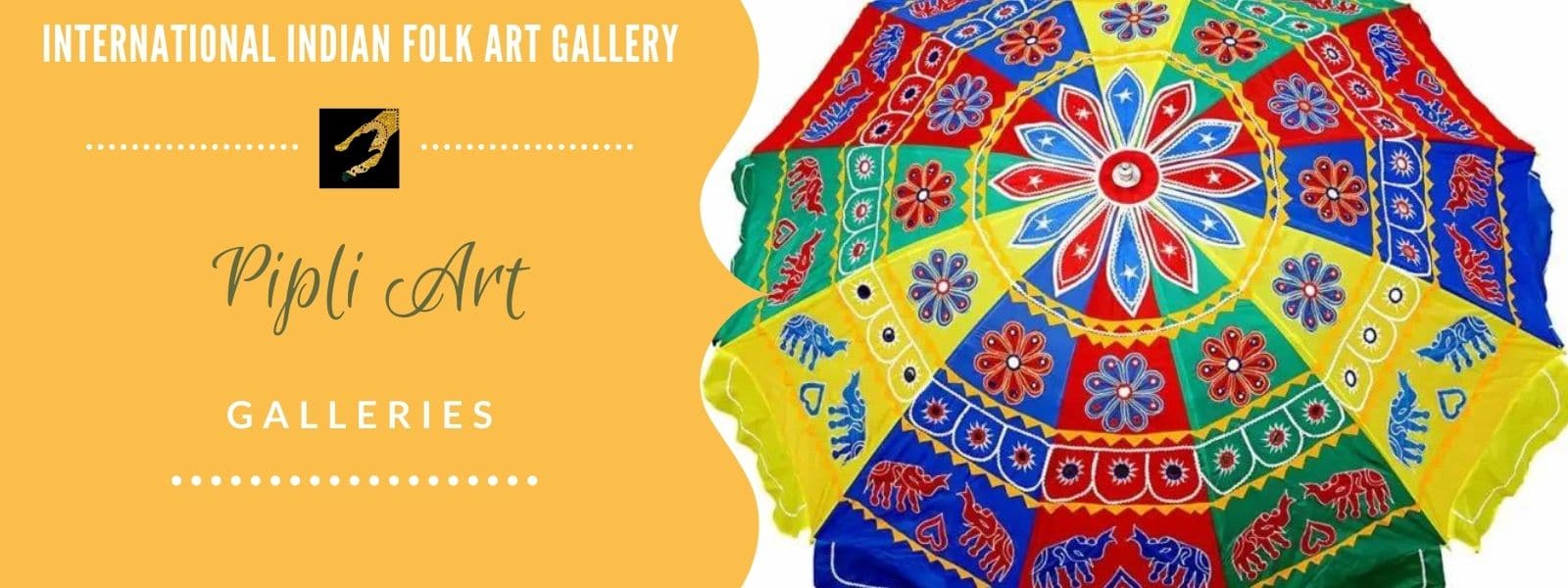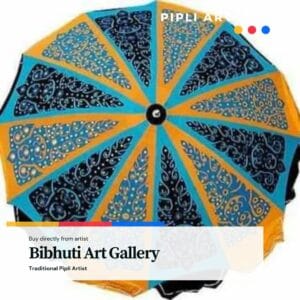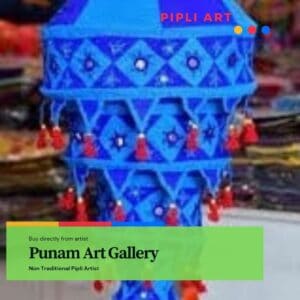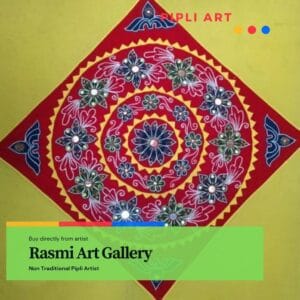Pipli Art
Pipli Art, Odisha: The city of Pipili, in Puri District, Odisha, India is known for its appliqué work–also known as chandua or odia cānduā. The word “appliqué” comes from the French language meaning to put on something.
There are two different techniques, appliqué and reverse appliqué, that can be used to construct a multilayered textile. In appliqué, a luxurious fabric is sewn over the base layer. In reverse appliqué, two layers of fabric are laid down and then cut out in sections.
Pipili appliqué work originates from the 12th century, during the time of Lord Jagannath. Earlier, Gajapatis prepared these as canopies and umbrellas for Ratha Jatra during the day.
In the 13th century Puri kings employed craftsmen to make offerings to Lord Jagannath. They set up a village for these people named Pipli. There is a history of people in Assam making clothes for the chariots of Lord Jaganath, Balabhadra and Devi Subhadra.
With royal patronage, the appliqué work became the pinnacle of quality. According to temple records, Maharaja Birakshore of Puri appointed the darji or tailor community to supply appliqué works for the daily rites performed in his temple. This is one way they make money for themselves. However, the sale of handicrafts is also an important source of income to them.
Sewing is a craft that involves embroidering and stitching. The pieces of cloth are fastened with the help of straight stitch, satin stitch, blind stitch or buttonhole stitch. There are also special stitches like “mirror work” and decorative stitches.
Appliqué works are mainly used for dressing up gods during their various journeys. You can see items like an umbrella, a Tarrasa, a heart-shaped wooden piece covered by appliqué cloth and supported by a long wooden pole and Chandua – an umbrella shaped canopy – during the processions.
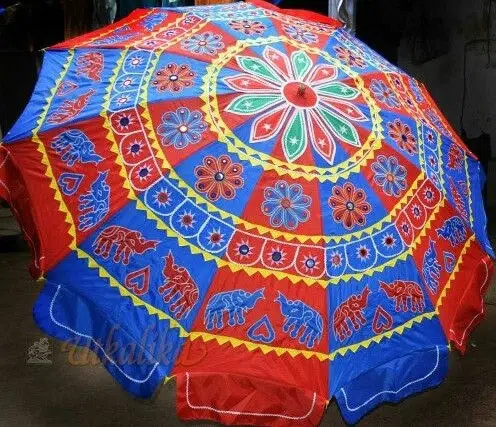
One of the most popular trimming items is a frill, which can be used at the border of a canopy or on its own for decoration. The peacocks, ducks, parrots, trees, elephants or creepers in these paintings may be a little more believable than the mythical creature Rahu.
In modern applique work, stylized representations of flora and fauna as well as a few mythical figures are frequently used. More common animal motifs are elephants, parrots, peacocks, waterfowl, creepers. Plants are also common motifs including lotuses, jasmines and the sun.

